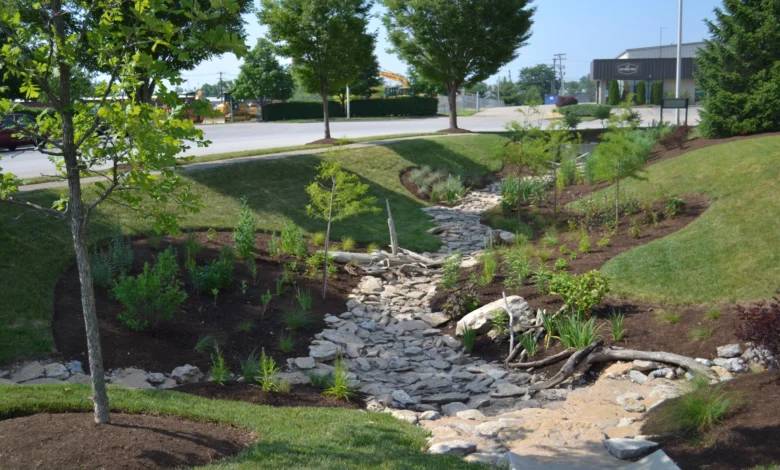Are Reston’s Rain Gardens Helping or Hurting Your Home’s Pest Situation?

Reston has established its name as one of the most environmentally friendly locations in Northern Virginia. In areas such as North Point, Hunters Woods, and Lake Anne, you can honestly see the dedication towards it. Rain gardens are literally the green spaces that soak up all the goodness in the background.
This article will help guide you through the science of how rain gardens impact urban pest behavior and offer actionable steps to keep you in that sweet spot of sustainability yet pest-free. For those dealing with stubborn pest problems, local professionals, such as those from Greenpestservices.net, advice will give you localized remedies without putting your home or the environmental benefits of your garden in danger.
Rain Gardens: A Quick Overview
Rain gardens are great for reducing stormwater pollution because the plants and soil in the gardens help remove contaminants before they reach local waterways. Especially in our region, where development has led to the loss of natural habitat, they play an essential role in support of native plants and pollinators.
In Virginia, the state will reimburse homeowners for installing rain gardens and multilayered landscapes designed to absorb rainwater and allow it to percolate through the ground for up to 80% of the installation cost and as much as $7,000. Such green infrastructure is actively encouraged in Reston.
Different Ways Rain Gardens Attract Pests
Standing Water Creates Breeding Grounds
The different pest problems with rain gardens arise from standing water. A rain garden that does not drain properly can become a homegrown mosquito hatchery, as all mosquitoes need is a couple of days in standing water to complete their breeding cycle. The situation is even worse in the muggy summers we experience in Reston, when you would typically expect mosquito populations to peak.
Dense Vegetation Provides Shelter
These delightful plantings will often consist of a dense population of native plants, which just so happen to be ideal camouflage for a myriad of pests found in our gardens. Thick foliage in overgrown areas can provide protection for everything from ants and spiders to larger pests such as rats and mice. But when plants grow too close together, air circulation reduces, creating the cool and damp areas that many pests love.
Mulch and Organic Matter Attract Insects
Many rain gardens contain organic mulch to retain moisture and control weeds. This fulfills the requirement of the garden, but the decomposing organic matter also attracts termites, carpenter ants, and other wood-destroying insects. These pests could venture further and enter your house if your rain garden is within a few feet of your home foundation.
Food Sources Draw Unwanted Visitors
Flowering plants that attract pollinators to rain gardens may also attract unwanted pests, including bees and butterflies. Plant-feeding insects like aphids and thrips might settle in, and then their predators. This creates a natural remedy overhead in the environment, bringing pest activity closer to your property than would naturally occur on its own.
When Professional Input Helps
Some Reston homeowners see pests near their rain gardens and spring into action with DIY pest control. Most people respond by scraping all mulch away, placing mosquito dunks in any standing water that may remain, or cutting plants back way too much to remove cover from wildlife.
These reactions, however, are understandable and frequently throw off the fragile balance of the garden’s ecological function. To change that now, totally removing mulch could cause soil erosion, and grass, other than the vegetation you planted, is likely to grow.
Local experts, who have kept the Reston community pest-free since 1968, use proven treatments to eliminate bugs in your yard. Still, in a way that embraces the environmental benefits of rain gardens, in fact, services such as Green Pest have partnered with residents to monitor rain gardens and adjacent buildings, aiming treatment actions with practical recommendations that avoid harming native plants or pollinators.

